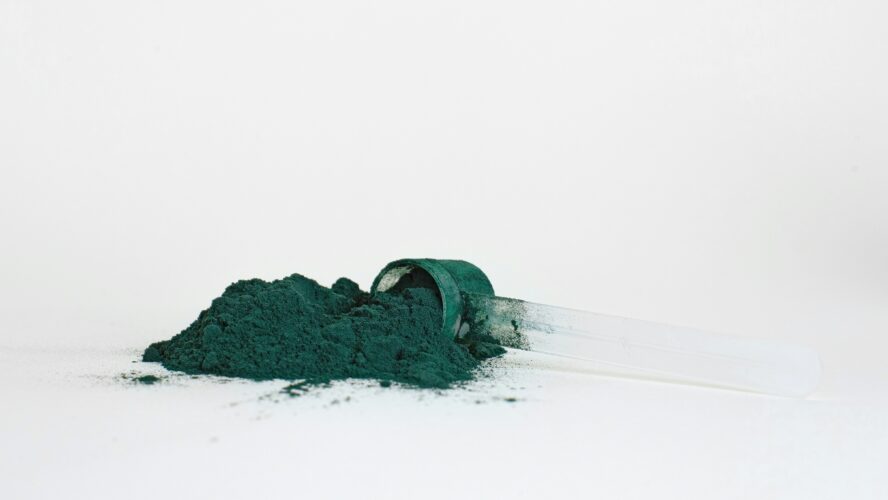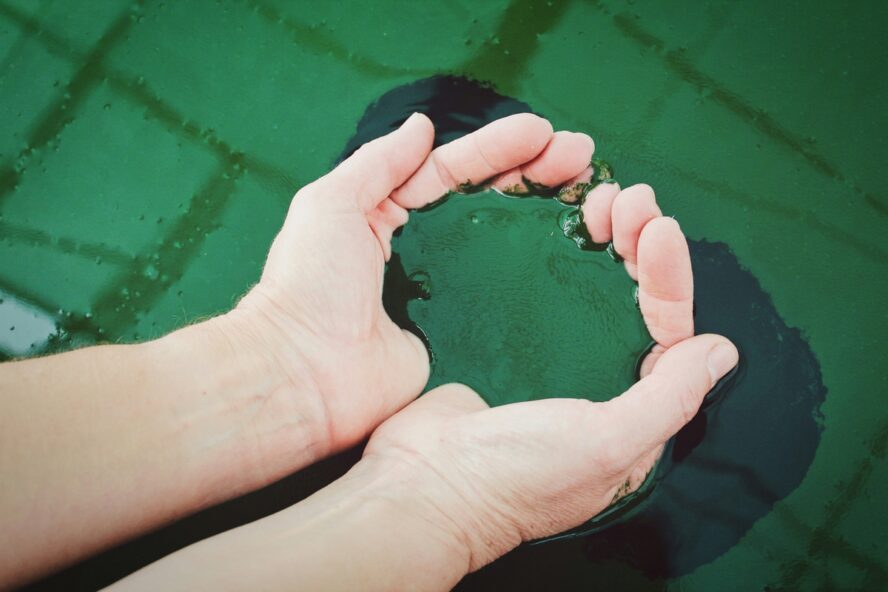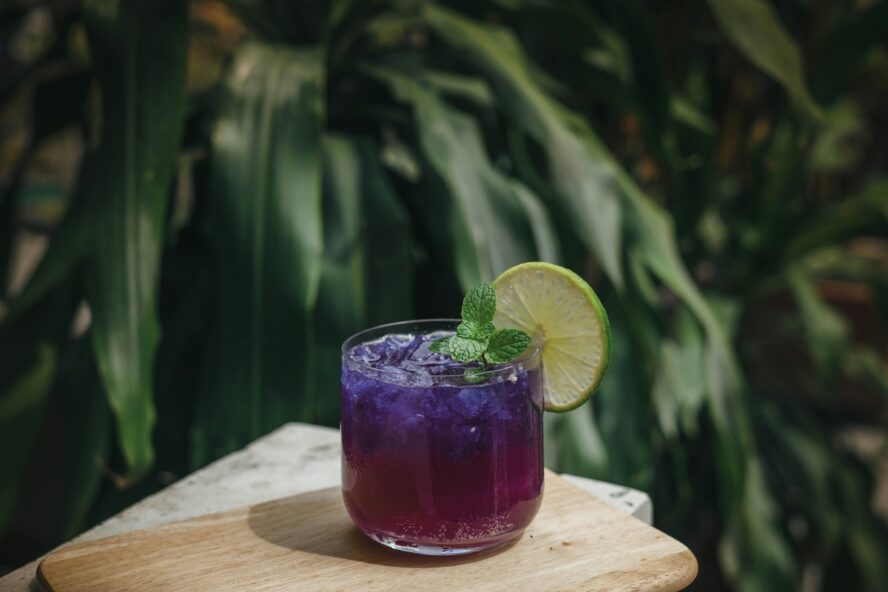These 3 Natural Food Colorings Were Just Approved for Use by the FDA
These 3 natural food colorings are a welcome alternative to potentially harmful synthetic dyes.

The FDA has approved three new natural food dyes for use in food. These new natural food coloring options represent a departure from the petroleum-based food colorings that have been used since the early 20th century.
Their approval comes on the tail of an April announcement that the FDA would be prioritizing a phase-out of these widespread artificial dyes in food, which have been linked to behavioral problems in children and increased risk of cancer. While it’s not the all-out FDA ban on synthetic food dyes that we hoped for, it’s a step in the right direction — and offers some alternatives to the banned food dyes like like carcinogenic red 3 dye.
“On April 22, I said the FDA would soon approve several new color additives and would accelerate our review of others. I’m pleased to report that promises made, have been promises kept,” said FDA Commissioner Martin A. Makary, M.D., M.P.H. “FDA staff have been moving quickly to expedite the publication of these decisions, underscoring our serious intent to transition away from petroleum-based dyes in the food supply and provide new colors from natural sources.”
Meet the Three Newly-Approved Natural Food Colorings
The newly approved food dyes offer a clear shift away from the potentially dangerous colorings that have long been popular on the American marketplace — and according to Naturopathic Doctor Serena Goldstein, they’re a big step up.
“Natural coloring tends to come from literally natural sources, as those from a chemistry lab have been discovered to carry numerous health risks,” she says. “With more health conscious trends on the rise, more natural coloring is favorable.” In some cases, they could almost be labeled “healthy food dyes,” with a couple of them even touting potential health benefits.
Galdieria Extract Blue

The first of the three newly approved dyes is Galdieria extract blue, which is derived from the algae Galdieria sulphuraria. It can now be used to lend a blue tint to a variety of beverages like smoothies and juices, as well as candy, chewing gum, ice cream, and more.
This food coloring may have more staying power than other natural food dyes, which have a tendency to fade over time. Because Galdieria sulphuraria is naturally able to reside in acidic environments, it is more stable than many other similar food colorings.
Galdieria may also have some added health benefits. Like the superfood spirulina, Galdieria is derived from sea algae, and it may have some of the same antioxidant properties. “Galdieria has been noted to be high in amino acid content, and higher in protein than spirulina,” says Goldstein. A 2023 study in Innovative Food Science & Emerging Technologies described Galdieria as “one of the most promising microalgae for food applications” thanks to this nutritional profile1.
Butterfly Pea Flower Extract

Butterfly pea flower extract is a dye derived from the butterfly pea plant. It can be used to achieve a range of shades including bright blues, intense purple, and natural greens. It is already used in a variety of sports drinks, and many mixologists take advantage of its hue to make an eye-catching purple vodka. This new approval means its use will be extended to foods, such as cereal, crackers, and tortilla chips.
Like Galdieria, butterfly pea flower extract has the potential to bring a few health benefits to the table as well, according to Goldstein, who cites its high levels of antioxidants, fiber, and protein. “Healthwise, some of the researched compounds also have benefits that include anticancer, anti-diabetic, and cardiovascular risk reduction, as it is utilized widely in Ayurvedic preparations,” she says.
Dr. Joel “Gator” Warsh, author of Between a Shot and a Hard Place, echoes this assessment. “Butterfly pea flower extract has a long history of traditional use in food and herbal medicine, especially in Southeast Asia,” he says. “It’s rich in antioxidants like anthocyanins and is generally recognized as safe, with no major red flags in current literature.”
Calcium Phosphate
The last new coloring is calcium phosphate, a white compound that exists naturally in milk. It has already been used for decades in calcium supplements, packaged breads, and fortified plant milks. This new FDA approval means it is now approved for use in chicken products, candy melts, doughnut sugar, and sugar for coated candies.
Do These Natural Food Colorings Pose Any Risks?
These new colorings are undoubtedly an improvement on the previous food dyes — but just because they’re natural, doesn’t mean they’re guaranteed to be safe.
“’Natural’ colorings are often perceived as safer because they’re derived from plant or mineral sources, but they can still cause reactions in sensitive individuals,” says Warsh. “The key difference is that synthetic [food] dyes — particularly those derived from petroleum — have been linked in some studies to behavioral and allergic issues in children, whereas natural colorants generally have a better safety profile, though they are not automatically ‘safe’ for everyone.”
He shares that FDA approval does not mean a food or additive is necessarily “optimal” for long-term use. “Many additives are evaluated in isolation, not in the context of total dietary exposure or their interactions with other ingredients.”
That said, these additives seem to carry few risks, which is much more than we can say about their predecessors. For example, experts say Galdieria seems to be completely safe. “No concern, except for sourcing issues down the line, but I have not seen that mentioned,” says Goldstein.
Butterfly pea extract has been used for centuries in parts of Asia and also seems to be safe for human consumption. “There does not seem to be an amount that’s ‘too much’ when it comes to adverse side effects,” says Goldstein. That said, Warsh cautions that, “like any additive, individual sensitivities are possible.”

Of the three approved natural food colorings, calcium phosphate is the one most likely to pose problems. Because it adds calcium to foods, it’s a good idea for adults with kidney stones to limit their consumption.
“In excess, calcium phosphate can contribute to kidney stone formation, especially in individuals prone to phosphate-based stones,” says Warsh. “However, in the amounts used as a food additive, it’s unlikely to pose a significant risk for most people.”
Changing Consumer Expectations Around Food Coloring
Ultimately, the major downside of these new colorings isn’t one to do with health — it’s to do with consumer expectations. Natural dyes tend to render paler shades and fade more quickly than synthetic. But is that necessarily an issue? While Goldstein notes that some foods may not have “the exact color we would expect,” the pros outweigh the cons.“
“I would say to be ok with it, as the taste should be similar, and if anything, may have some more health benefits if they’re adding in more natural, superfood sources.”
Sources:

